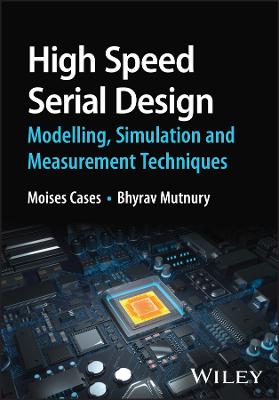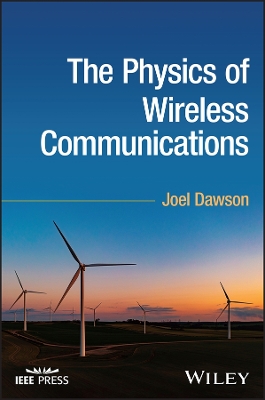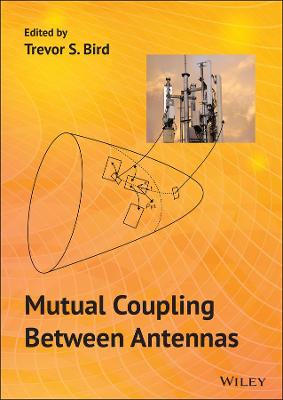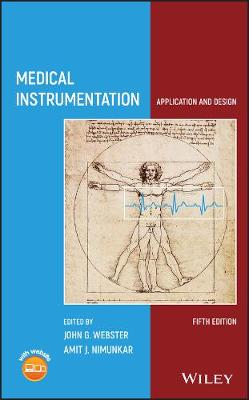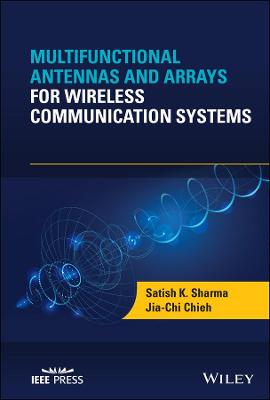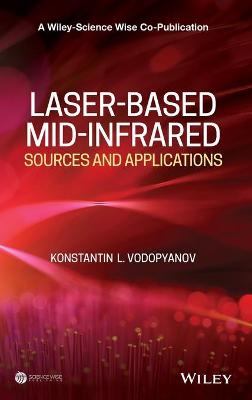Elastic Lidar
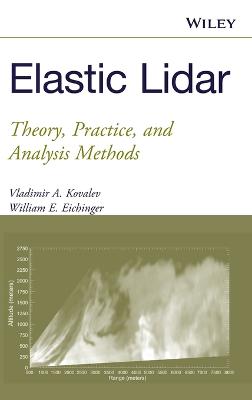 -15%
portes grátis
-15%
portes grátis
Elastic Lidar
Theory, Practice, and Analysis Methods
Eichinger, William E.; Kovalev, Vladimir A.
John Wiley & Sons Inc
05/2004
640
Dura
Inglês
9780471201717
15 a 20 dias
1008
1. Atmospheric Properties.
1.1 Atmospheric Structure.
1.2 Atmospheric Properties.
2. Light Propagation in the Atmosphere.
2.1 Light Extinction and Transmittance.
2.2 Total and Directional Elastic Scattering of the Light Bean.
2.3 Light Scattering by Molecules and Particulates: Inelastic Scattering.
2.4 Light Absorption by Molecules and Particulates.
3. Fundamentals of the Lidar Technique.
3.1 Introduction to the Lidar Technique.
3.2 Lidar Equation and Its Constituents.
3.3 Elastic Lidar Hardware.
3.4 Practical Lidar Issues.
3.5 Eye Safety Issues and Hardware.
4. Detectors, Digitizers, Electronics.
4.1 Detectors.
4.2 Electric Circuits for Optical Detectors.
4.3 A-D Converters/Digitizers.
4.4 General.
5. Analytical Solutions of the Lidar Equation.
5.1 Simple Lidar-Equation Solution for a Homogene ous.
5.2 Basic Transformation of the Elastic Lidar Equation.
5.3 Lidar Equation Solution for a Single-Component Heterogeneous Atmosphere.
5.4 Lidar Equation Solution for a Two-Component Atmosphere.
5.5 Which Solution is Best?
6. Uncertainty Estimation for Lidar Measurements.
6.1 Uncertainty for the Slope Method.
6.2 Lidar Measurement Uncertainty in a Two-Component Atmosphere.
6.3 Background Constituent in the Original Lidar Signal and Lidar Signal Averaging.
7. Backscatter-to-Extinction Ratio.
7.1 Exploration of the Backscatter-to-Extinction Ratio on the Inversion Result.
7.2 Influence of Uncertainty in the Backscatter-to-Extinction Ratio.
8. Lidar Examination of Clear and Moderately Turbid Atmospheres.
8.1 One-Directional Lidar Measurements: Methods and Problems.
8.2 Inversion Techniques for a "Spotted" Atmosphere.
9. Multiangle Methods for Extinction Coefficient Determination.
9.1 Angle-Dependent Lidar Equation and Its Basic Solution.
9.2 Solution for the Layer-Integrated Form of the Angle-Dependent Lidar Equation.
9.3 Solution for the Two-Angle layer-Integrated Form of the Lidar Equation.
9.4 Two-Angle Solution for the Angle-Independent Lidar Equation.
9.5 High-Altitude Tropospheric Measurements with Lidar.
9.6 Which Method Us the Best?
10. Differential Absorption Lidar Technique (DIAL).
10.1 DIAL Processing Technique: Fundamentals.
10.2 DIAL Processing Technique: Problems.
10.3 Other Techniques for DIAL Data Processing.
11. Hardware Solutions to the Inversion Problem.
11.1 Use of N2 Raman Scattering for Extinction Measurement.
11.2 Resolution of Particulate and Molecular Scattering by Filtration.
11.3 Multiple-Wavelength Lidars.
12. Atmospheric Parameters from Elastic Lidar Data.
12.1 Visual Range in Horizontal Directions.
12.2 Visual Range in Slant Directions.
12.3 Temperature measurements.
12.4 Boundary Layer Height Determination.
12.5 Cloud Boundary Determination.
13. Wind Measurement Methods from Elastic Lidar Data.
13.1 Correlation Methods to Determine Wind Speed and Direction.
13.2 Edge Technique.
13.3 Fringe Imaging Technique.
13.4 Kinetic Energy, Dissipation Rate, and Divergence.
Bibliography.
Index.
1. Atmospheric Properties.
1.1 Atmospheric Structure.
1.2 Atmospheric Properties.
2. Light Propagation in the Atmosphere.
2.1 Light Extinction and Transmittance.
2.2 Total and Directional Elastic Scattering of the Light Bean.
2.3 Light Scattering by Molecules and Particulates: Inelastic Scattering.
2.4 Light Absorption by Molecules and Particulates.
3. Fundamentals of the Lidar Technique.
3.1 Introduction to the Lidar Technique.
3.2 Lidar Equation and Its Constituents.
3.3 Elastic Lidar Hardware.
3.4 Practical Lidar Issues.
3.5 Eye Safety Issues and Hardware.
4. Detectors, Digitizers, Electronics.
4.1 Detectors.
4.2 Electric Circuits for Optical Detectors.
4.3 A-D Converters/Digitizers.
4.4 General.
5. Analytical Solutions of the Lidar Equation.
5.1 Simple Lidar-Equation Solution for a Homogene ous.
5.2 Basic Transformation of the Elastic Lidar Equation.
5.3 Lidar Equation Solution for a Single-Component Heterogeneous Atmosphere.
5.4 Lidar Equation Solution for a Two-Component Atmosphere.
5.5 Which Solution is Best?
6. Uncertainty Estimation for Lidar Measurements.
6.1 Uncertainty for the Slope Method.
6.2 Lidar Measurement Uncertainty in a Two-Component Atmosphere.
6.3 Background Constituent in the Original Lidar Signal and Lidar Signal Averaging.
7. Backscatter-to-Extinction Ratio.
7.1 Exploration of the Backscatter-to-Extinction Ratio on the Inversion Result.
7.2 Influence of Uncertainty in the Backscatter-to-Extinction Ratio.
8. Lidar Examination of Clear and Moderately Turbid Atmospheres.
8.1 One-Directional Lidar Measurements: Methods and Problems.
8.2 Inversion Techniques for a "Spotted" Atmosphere.
9. Multiangle Methods for Extinction Coefficient Determination.
9.1 Angle-Dependent Lidar Equation and Its Basic Solution.
9.2 Solution for the Layer-Integrated Form of the Angle-Dependent Lidar Equation.
9.3 Solution for the Two-Angle layer-Integrated Form of the Lidar Equation.
9.4 Two-Angle Solution for the Angle-Independent Lidar Equation.
9.5 High-Altitude Tropospheric Measurements with Lidar.
9.6 Which Method Us the Best?
10. Differential Absorption Lidar Technique (DIAL).
10.1 DIAL Processing Technique: Fundamentals.
10.2 DIAL Processing Technique: Problems.
10.3 Other Techniques for DIAL Data Processing.
11. Hardware Solutions to the Inversion Problem.
11.1 Use of N2 Raman Scattering for Extinction Measurement.
11.2 Resolution of Particulate and Molecular Scattering by Filtration.
11.3 Multiple-Wavelength Lidars.
12. Atmospheric Parameters from Elastic Lidar Data.
12.1 Visual Range in Horizontal Directions.
12.2 Visual Range in Slant Directions.
12.3 Temperature measurements.
12.4 Boundary Layer Height Determination.
12.5 Cloud Boundary Determination.
13. Wind Measurement Methods from Elastic Lidar Data.
13.1 Correlation Methods to Determine Wind Speed and Direction.
13.2 Edge Technique.
13.3 Fringe Imaging Technique.
13.4 Kinetic Energy, Dissipation Rate, and Divergence.
Bibliography.
Index.



